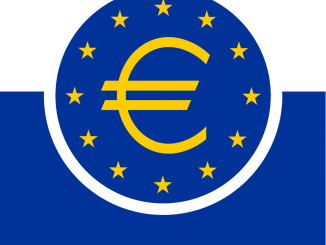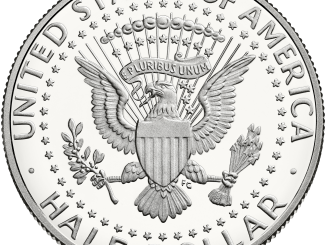
This article is going to cover the most important aspect of Forex – the actual trading. If in the last parts we talked more about theories, and how to register with a good brokerage, today we’re going to dive right into how to be a successful trader.
Without further introductions, let’s get at it!
Analyzing the markets
- Technical analysis: This type of analysis involves reviewing the data and the historical sequences of each currency, to get a good idea of its path, and predict how it will move based on past events. You can usually get plenty of graphs from your broker, or using a popular platform such as the MT4.
- Basic analysis: Here you need to look at the country’s economic statistics, and use this information to help you make trading decisions. The financial position of a country will always impact its currency, so make sure to keep an eye on current and upcoming events regarding economic news.
- “Emotional” analysis: This is a very subjective analysis method. You should basically try to analyze the “mood” of the market, to see if it’s “bearish” or “bullish”. While you cannot always put your finger on the current state of the market, you can often do a good expectation that can lead to good trads.
Determining the price margins
Depending on the policies your broker uses, with margins, you can invest a small amount of money and generate lots of profits, provided you know what you’re doing.
For example, in some cases, if you want to trade 100,000 units on the margin of 1%, your broker will require you to deposit 1000 units from your own money in your account. This will give you access to trade with the whole 100,000, and your earnings and losses will either be added or deducted from your balance. For this reason, it’s recommended to diversify your portfolio and invest in multiple currency pairs, in case one of them fails.
Placing orders
Orders are a great tool to automate your tradings, so you won’t need to spend a lot of time next to your computer. If you set them cautiously, not only they can earn you good profits, but they can also prevent big losses should you ever encounter them.
You can place various orders, the most important being:
- Market orders: this is more of an instant purchase. A market order is a buy or sell order, set to be executed immediately, at current market prices.
- Limit orders: Through this type of orders, you are asking your broker to execute the buy or sell transaction when the stock reaches a certain price that you set. For example, you can set an order to buy EUR/USD when it falls to a specific price where you’d like to buy.
- Stop orders: A stop order is the option to buy a currency above the current markets, in anticipation of increasing its value, or to sell one below the current market price, in order to reduce your losses.
Checking your earnings and/or losses
Above all, it should be noted that you should never be emotional, and you should always take your decisions based on logical reasoning. Since the Forex markets are extremely volatile, you will often see a lot of ups and downs. What matters is to keep continuing your research and adapt your strategies on the run. Eventually, you should start to see profits coming in.
Finally, you should know that the Forex markets can be very profitable if you stick to your strategies and trade intelligently, without trying to rush it too much. Always look for a trusted broker.
We wish you the best of luck with your trading journey, and we’ll be happy to answer any questions about Forex or any other topic related to the financial markets.




Be the first to comment